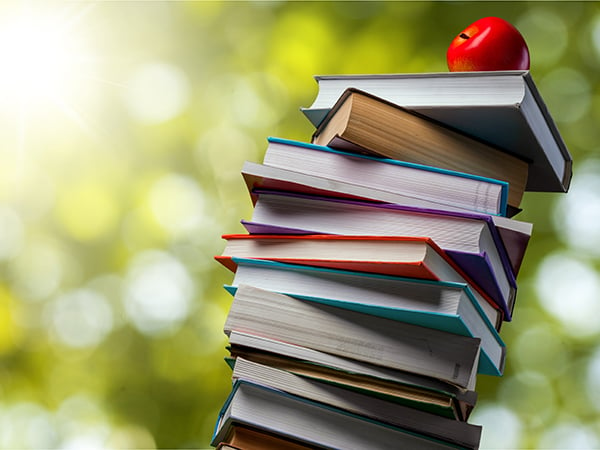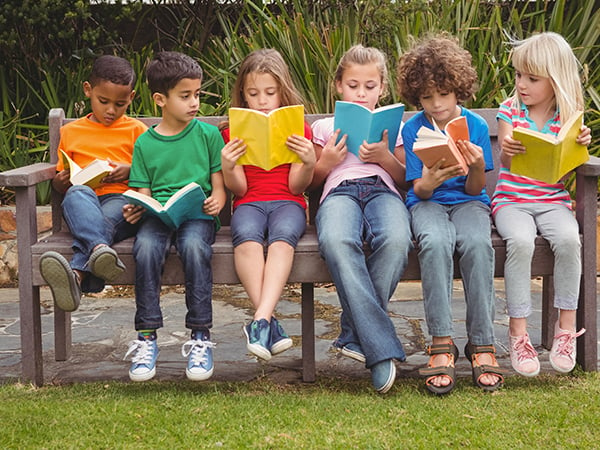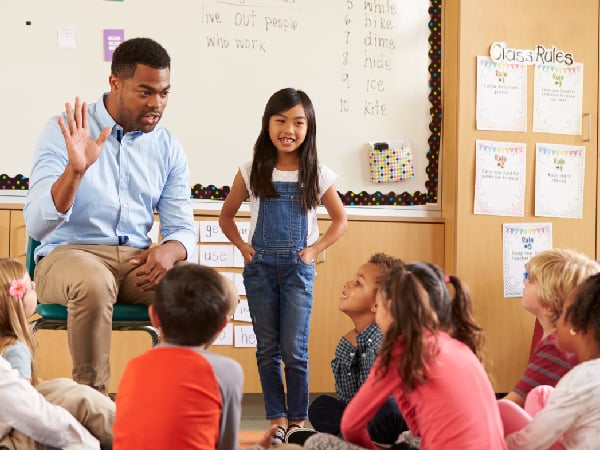About This Lesson
A scheme of work with strong cross-curricullar links with science and with many embedded math skills to support students.Looks at journalism styles through a scientfic language investigation.Low ability handout for students who need extra support. Aligned with Common Core Standards: RL.6.9; W.6.2; W.6.6, W.6.9, W.7.2, W.7.6, W.7.9; SL.6.1 ;L.6.2, L.6.3, L.7.1, L.7.2, L.7.3; RL.7.9, L.8.1, L.8.2, L.8.3, W.8.2, W.8.6, W.8.9, RL.8.9









looks great! A different take on the usual newspaper lessons. Thanks for sharing.